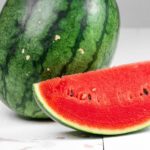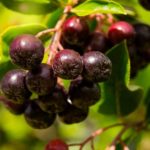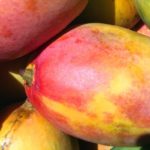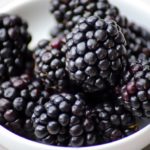The Scientific Name of Strawberry
The strawberry is indeed the beauty queen among all the berry fruits and is loved by children and adults as well. The scientific name of strawberry is Fragaria × ananassa. Strawberries are believed to have originated in Europe and were highly praised by the Romans. Though strawberries lost their identity after the fall of Rome, they again emerged in Europe in the middle ages. Species of strawberries were also found in Russia, Chile, and United States.
Red, juicy, and conically shaped, a strawberry is an unusual member of the Rose family. The seeds of this fruit remain embedded in the surface of the fruit instead of being covered by the flesh. While ripe, a strawberry has a sweet cum acidic aroma, like pineapple.
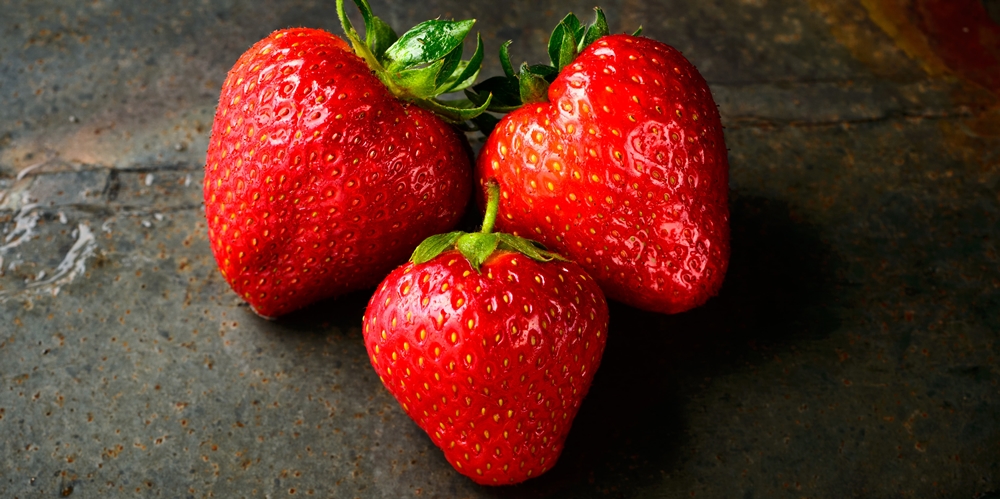
Strawberries are found in various shapes and sizes. Delicious strawberries are usually small in size, the bigger the fruit size, the more watery it is. Therefore small varieties have more flavor than others.
Fresh strawberries are highly perishable. They should be eaten as soon as possible after purchase. Strawberries should be eaten on the same day of buying. However, if you require keeping them in the refrigerator, keep them only for 2 – 3 days without taking off the fringed green caps. When buying strawberries, go for the bright red and shiny ones. Avoid soft berries that have dark running shades. Remember not to wash strawberries until you are ready to eat them. Though strawberries are available in all leading markets throughout the year, the peak season for the availability of this fruit is late spring to early summer.
As we already mentioned the scientific name of strawberry is Fragaria × ananassa, but maybe you will ask a question, why there is a X letter in the botanical or scientific name of this fruit? The answer is simple, the X letter means that this fruit has a hybrid origin.
Strawberries are not only attractive but are beneficial for our health. They are enriched with Vitamin C, Vitamin K, and manganese. They are also good sources of dietary fiber, potassium, folate, magnesium, vitamin B6, omega-3 fatty acids, and copper.
Like other berries, a strawberry is also filled with phytonutrients like phenols. The anthocyanins present in a strawberry are responsible for its bright red color as well as acting as antioxidants. A strawberry contains an anti-cancer compound, elaginatine, that reduces the rate of cancer deaths. The fruit also helps in improving short-term memory loss and protects us against macular degeneration.











